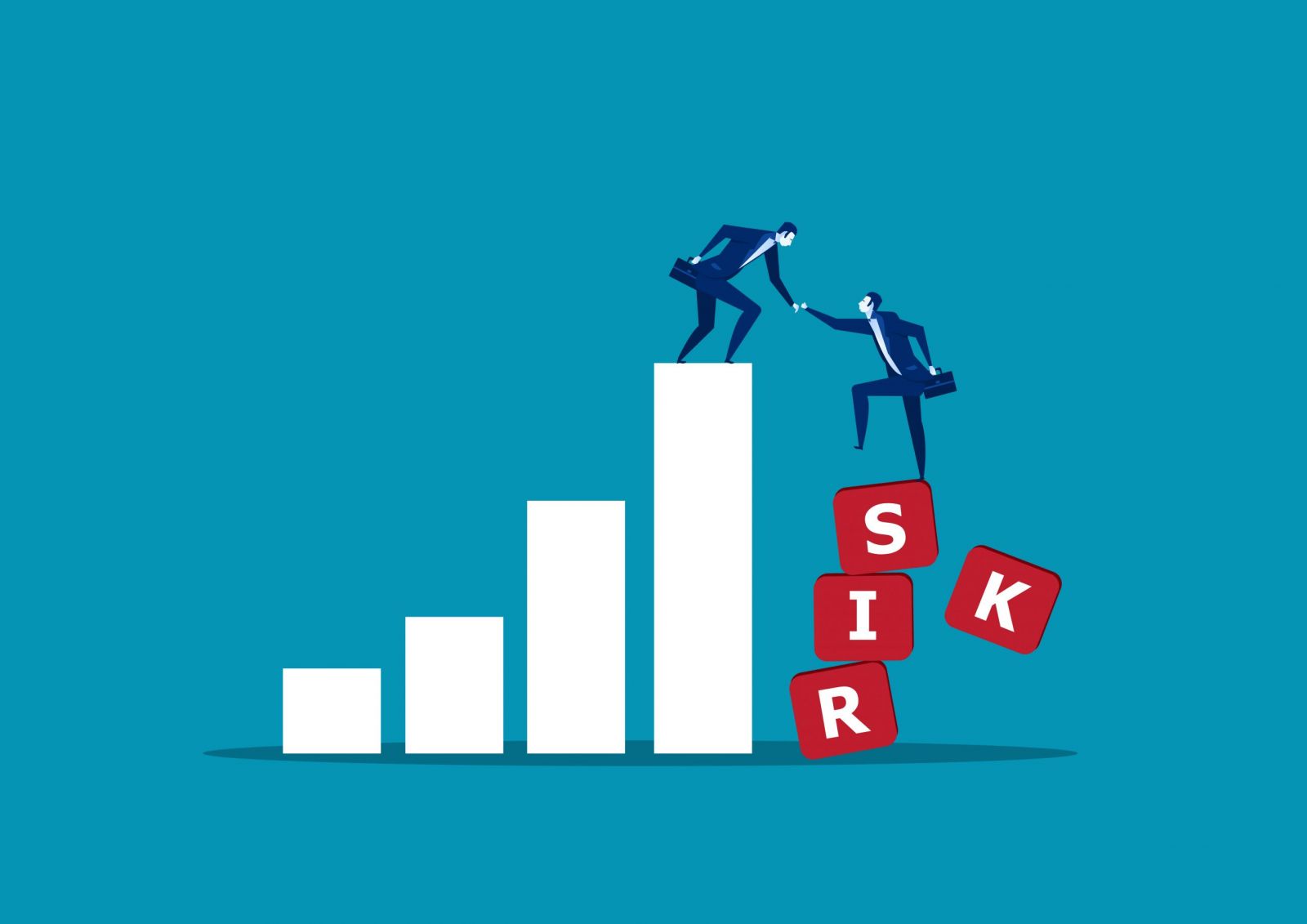How to Manage Risk and Money in Pocket Option

- Language
-
العربيّة
-
简体中文
-
हिन्दी
-
Indonesia
-
Melayu
-
فارسی
-
اردو
-
বাংলা
-
ไทย
-
Tiếng Việt
-
Русский
-
한국어
-
日本語
-
Español
-
Português
-
Italiano
-
Français
-
Deutsch
-
Türkçe
-
Nederlands
-
Norsk bokmål
-
Svenska
-
Tamil
-
Polski
-
Filipino
-
Română
-
Slovenčina
-
Zulu
-
Slovenščina
-
latviešu valoda
-
Čeština
-
Kinyarwanda
-
Українська
-
Български
-
Dansk
-
Kiswahili
The Two Sides of Trading Success
There are two critical elements to trading success, which are generating positive returns and managing risk. The two are very much interconnected, as positive returns reduce risk and reducing risk increases positive returns, but in order to achieve trading success we must take care of both independently as well.New traders and a lot of not so new ones as well tend to focus almost exclusively on generating returns, the up side of trading we’ll call it, and don’t pay much if any attention to the potential downside of it, which we call risk.
Risk Management with Binary OptionsIt is not enough to come up with a plan that generates positive return, if we don’t manage our risk properly. We do certainly need to devise a trading plan and style that does provide us a positive expectation, and without this we’re going to be losing money over time not making it, but along the way we must play defense as well so to speak, and protect our account.
A good example to illustrate the importance of risk management is comparing traders who trade high leverage products with trying to do that with time frames that are beyond the short term. A trader may seek to capture moves of 0.1% and use 30:1 leverage, where we are seeking a 3% return from a trade, and perhaps risking a third of this or 1%.
If the trade moves against us by 0.03%, we’re out of it, as this is the biggest move we can safely take on even if we are very skilled at trading. If we instead decide to use this strategy to trade positions lasting several days, without this protection, our position can easily go against us by 3%.
It will take us 30 successful trades to make up for this loss, and we never want to put ourselves in a position where that many winning trades are needed to make up for one loser. Much worse though, we’ve lost all of the money in our account with this one loss, and there will be no more trading in our account unless we deposit more funds.
While only a fool would put their entire account balance at risk where even normal fluctuations will wipe us out, there are some traders who neglect risk so massively, not using stops and desperately holding on to losing positions out of sheer hope until the margin call comes.
Margin calls aren’t that uncommon actually and they mean that essentially you have blown your account up and might even end up owing the brokerage money beyond what was in there before the trade.
Regardless of what we are trading, from highly leveraged products to long term investing, risk management needs to play a central role in managing our accounts, or we may be in serious trouble.
Risk Management with Binary Options Trading

Binary options trading makes several important things easier to manage and this is a big benefit to newer and less experienced or successful traders, and one of these key elements that are simplified is risk management.
It is not that we don’t need to worry about managing risk when trading binary options, or worry about it less, as we can lose all of our money pretty easily with binary options as well, it’s that managing risk with this type of trading is so much easier.
The most challenging part of risk management for many traders is figuring out how to balance our risk with shooting for returns. The higher the returns we seek, the more risk we need to take on in the trade, as greater profits require us to be willing to take on bigger moves against us and bigger moves against us mean exposing ourselves to bigger losses.
Binary options define both the risk and the return with trades, and both are completely known prior to entering the trade. You are either going to lose what you paid for the option or gain a certain amount that the option pays if the target is reached, and there is nothing in between, no gray area to be concerned about.
Defining the risk really simplifies things, and while we can define our risk in any trade by just specifying the maximum amount we’re prepared to lose in a trade and put a stop loss in for that, stop losses only work when the market is open and anyone holding positions when markets are closed aren’t going to be able to use this form of protection fully.
This is why many traders never hold positions during closed market hours as they instead choose to manage their risk and consider these times to be far too risky. This is not to say that it is undesirable to do so but we’re going to have to manage this additional risk some other way, perhaps by trading smaller or trimming positions close to the bell, at least if we’re going to manage risk properly that is.
Binary options traders never have to worry about such things and there is no need for any decisions at all to be made once we enter a binary options trade. For those who are familiar with the struggles that a lot of traders go through and the big mistakes that they can make in trades, particularly with taking on way too much risk with a trade than the profit potential makes sense to, will appreciate how big of a deal defined risk in a trade can be.
If we’re looking to make 50 cents in a stock trade for instance and we’re holding on to losing positions that go against us more or even much more than this, we’re just asking for trouble and that trouble will come. You often read about the need for a 3:1 risk reward ratio for instance, meaning that you need the potential and should be shooting for making three times the amount that you risk in a trade, and whether or not that’s the ideal ratio, we do need to pay attention to these things.
The risk reward ratio with binary options is less than 1:1, by their very nature, and while this may be less ideal than using a higher proportion of return to risk, that does take some real skill and knowledge to pull off right.
At least binary options traders aren’t exposing themselves to the grossly negative return to risk ratios that a lot of less skilled traders take on, where they are risking much bigger amounts to gain smaller amounts which is a prescription for disaster actually.
While good traders limit their losses and let their profits run, poor traders will often limit their gains, getting out when a small amount is made and not want to lose it, while on the losing end they will hang on to trades way longer than they should and end up driving their accounts into the ground this way.
There is none of this with binary options trading though and while you can still hurt yourself, it’s nowhere near as easy to do so as with other forms of trading. Of course, as one learns to manage the reward to risk ratio well, this no longer becomes a concern, but the journey there can be pretty expensive.
How to Manage Risk with Binary Options Trading

The first thing we need to look at, and look at very closely in fact, when we are looking to manage trading risk, is what our expected returns are.
If one has a negative expectation, we could say that this person should not be trading with real money at all, at least until he or she gets to the point where their expectation is positive or there is at least a reasonable expectation of this based upon prior results.
When we start out trading binary options, we can assume that we do not have a trading advantage, a positive expectation from trading, until we demonstrate otherwise. This is why trading with a simulated account on a real software platform where everything else is identical to the real thing is so important.
If we do not do this, we are just gambling starting out, and unless we have enough money to cover all of our losses as we seek to figure out all of this well enough to be profitable, we’re just headed for trouble. Even if we do have the money to blow, we need to ask ourselves if we are getting enough value from this approach, perhaps being entertained enough with the money not really meaning that much to us and our having plenty more where that came from.
The first and foremost component to success with binary options is therefore becoming profitable in the first place, where we have profits that we need to protect by managing risk. Prior to that, we’re protecting ourselves by limiting our losses as much as we can and limiting losses is all there is when there are no profits overall.
There is only one component to risk management with binary options trading and that is risk size. That’s a beautiful thing for newer or less skilled traders as trade size is just one of several things that traders need to manage when managing risk, and it’s also the simplest of them.
Prior to having a good reason to think that we’ll make more money than lose trading binary options, we need to keep our trade size as low as possible, preferably using play money actually.
Once we do get to the point where we feel that we can take a shot at this with real money, which should really only be when we’ve shown that we can make money with play money, we’re going to need to pay close attention to the size of our positions lest we not manage risk properly and run our accounts down or even go broke.
The natural tendency of traders is to trade too big, from not having much of an understanding of managing risk. A new trader might risk 10% of their account balance per trade, while a seasoned and successful trader may only want to risk 1%, even though their trading plan is much better and much more proven.
This is all a matter of mathematics and statistics and good traders know their advantage and from there look to keep their drawdowns that occur from random distributions of probabilities to a manageable level. This is why down the road they are still trading and making money, while someone else who may be good at trading but doesn’t manage risk well enough may not be.
Anyone can get to a point where they are ten trades or more behind no matter how good you are, and we need to ask ourselves what shape we will be in when this happens. If we’re risking 10% per trade this wipes us out, but if we are only trading 1% this keeps the drawdown to a manageable 10%.
This is why experienced binary options traders tell you to risk no more than 1-2% per trade, and the 2% is more for very skilled binary options traders, and even then, the risk here may be too great for even very good traders. 1% is more reasonable for anyone though, and especially if you are newer at this game and aren’t completely sure you’ve figured it all out yet.
This is the part that a lot of newer binary options traders screw up, and you will often see them risking 5% or more per trade, and that’s a bad idea for even the best traders, as it doesn’t manage risk anywhere near enough no matter how good you are.
By keeping trade sizes reasonable, binary options traders can at least create an environment where they are at least not going to hurt themselves on the path to the success they seek.
- Language
-
ქართული
-
Қазақша
-
Suomen kieli
-
עברית
-
Afrikaans
-
Հայերեն
-
آذربايجان
-
Lëtzebuergesch
-
Gaeilge
-
Maori
-
Беларуская
-
አማርኛ
-
Туркмен
-
Ўзбек
-
Soomaaliga
-
Malagasy
-
Монгол
-
Кыргызча
-
ភាសាខ្មែរ
-
ລາວ
-
Hrvatski
-
Lietuvių
-
සිංහල
-
Српски
-
Cebuano
-
Shqip
-
中文(台灣)
-
Magyar
-
Sesotho
-
eesti keel
-
Malti
-
Македонски
-
Català
-
забо́ни тоҷикӣ́
-
नेपाली
-
ဗမာစကာ
-
Shona
-
Nyanja (Chichewa)
-
Samoan
-
Íslenska
-
Bosanski
-
Kreyòl


